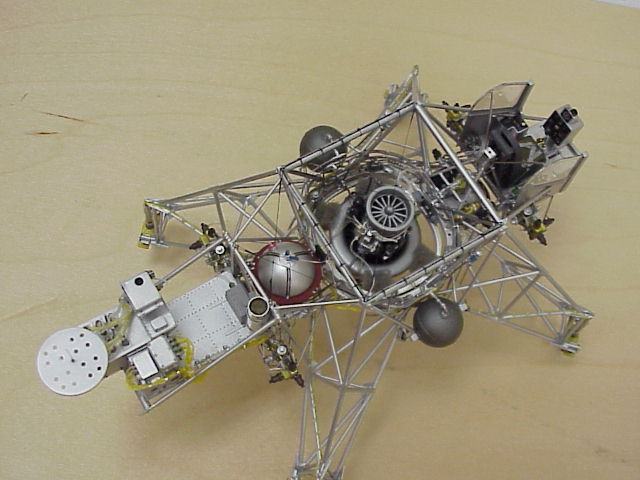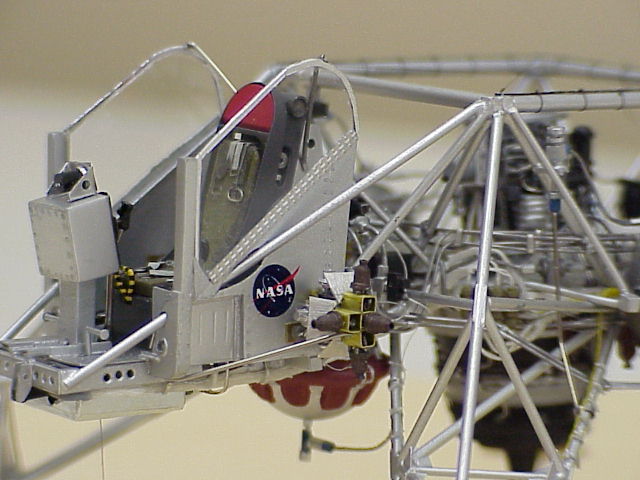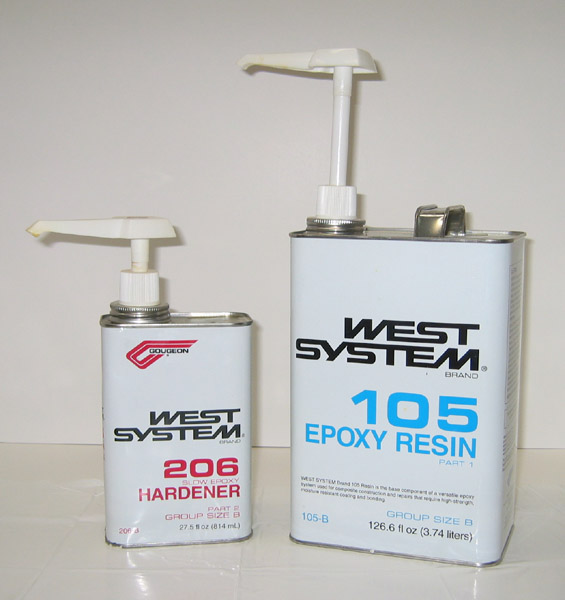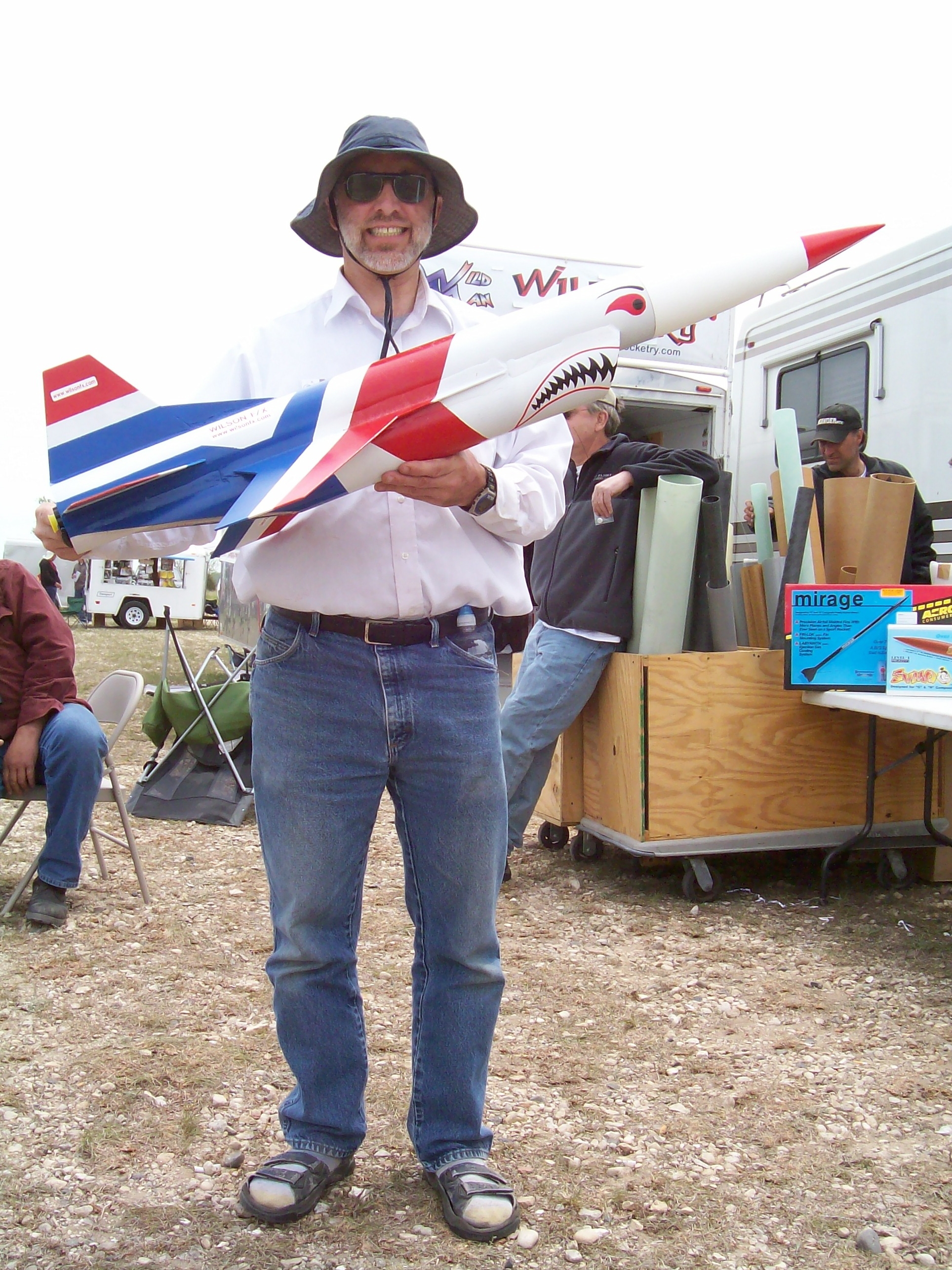First step this afternoon was installing the one shot dispenser pumps on both the epoxy and hardener containers.
Then you have to prime each pump so they dispense the five to one ratio amounts correctly.
Pulled the caps and noticed these metal covers.
Each says to cut the metal covers out.
Not having a tool for that, I grabbed a screw driver, figured I'd just punch the tops in and pull them.
They were hard to punch out, third try did the job, but notice how small that hardner container is...I almost rammed the screw driver right through the bottom of the small container.
That would have ruined my whole day.
Once the epoxy containers were set up I measured out a batch...nine shots on each - resin and hardner...very easy to do, as pumps dispense the correct proportions for you.
Applied about a two inch wide strip of epoxy along the length of the mandrel then pulled up the CF fabric and evened it up and laid it down on the epoxy.
Having the premeasured CF fabric beneath the mandrel makes the process go fairly quickly as you just roll the CF fabric up on the mandrel and brush on the epoxy as you go.
Hardest part was seeing if the CF was wetted out, being black it is not easy to see.
The whole process was done in about 20 minutes and then it was time for peel ply.
Unlike the CF fabric, peel ply turns dark grey when wetted out, so you can see any areas that are not fully wetted out very easily as lighter whitish looking areas .
Working those white areas with an epoxy loaded chip brush took care of those.
Overall it worked out pretty well.
Two things.... this 2x2 twill has a heavy weave, and invariably you will get stray strands that come loose...pulling the strand out sometimes begins to unravel even more strands...so, I decided to let several of them stay...but they gather an air pocket around it when the peel ply covers it. I figure I can sand that area down to get rid of it.
Also, you can see the imperfection in the peel ply picture, there was a fold in the peel ply that I couldn't wet out to eliminate.
Now I know why some guys iron their peel ply fabric.
Not sure I wanted to try that one out with the spouse's iron w/o testing it out first.
No telling what the wrong setting might do to the iron's surface.
Tomorrow I'll pull the peel ply and see how it looks.
I'll be setting this component aside as I will need to order more peel ply and CF fabric to do additional layers on this main airframe part.
I may have enough leftover mylar, CF fabric and peel ply to get the 6 inch wide fin can ring done.
Will need to add some scale width to the fin can ring part of the mandrel to get it in proper proportion to the main airframe before I do that layup.


Peel Ply wrap

















